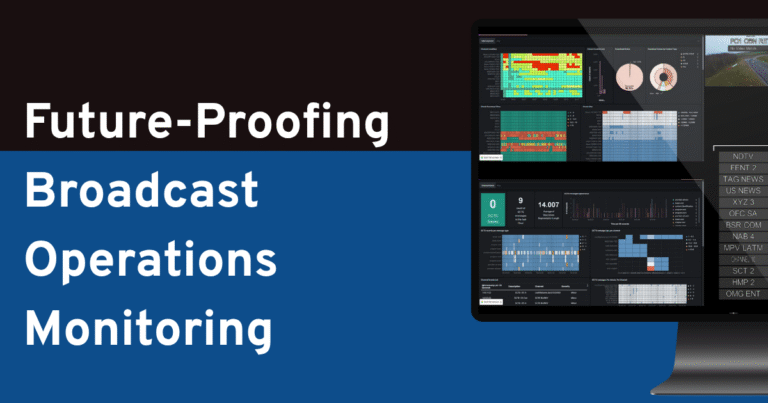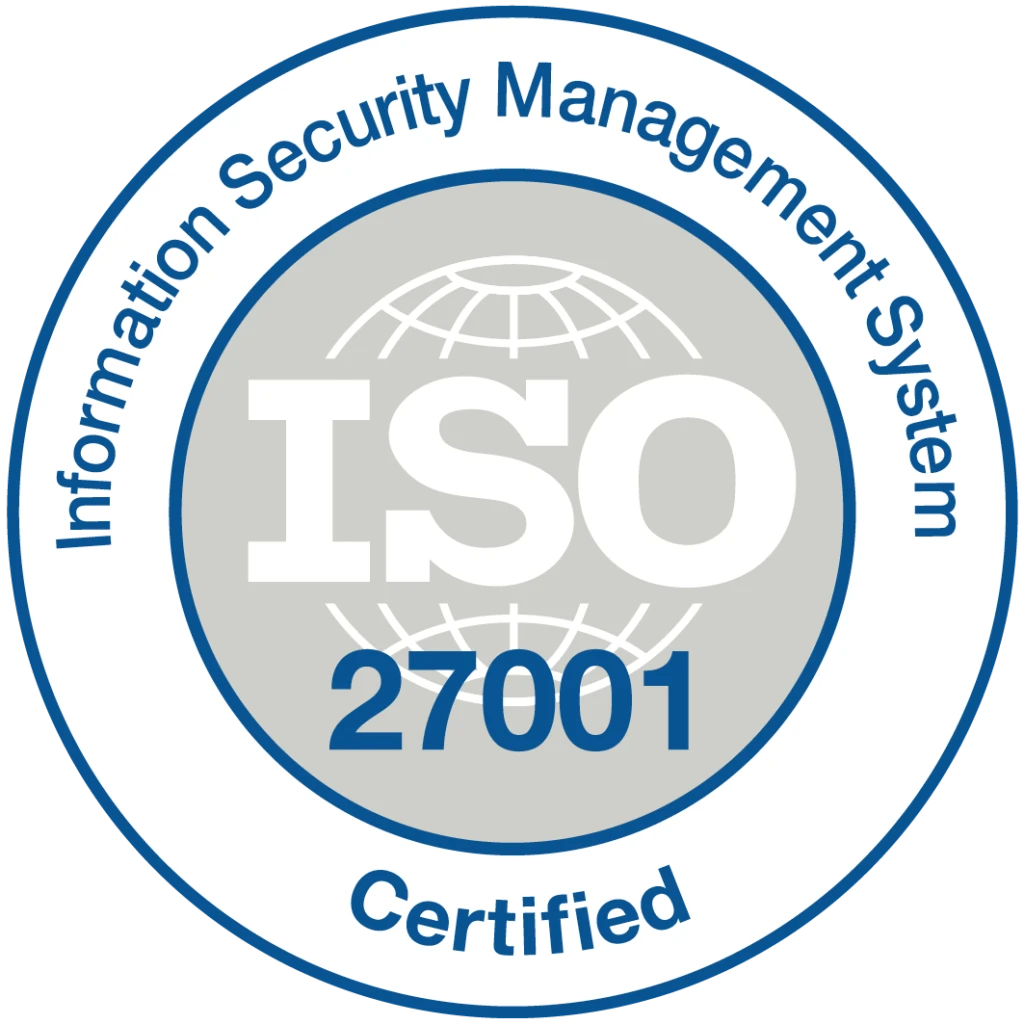A NOC team journey to streamlined quality of service excellence: Explore the success story of POST Luxembourg in streamlining its video delivery services. With a focus on simplifying complex workflows, this customer’s journey highlights how a small team efficiently managed operations and enhanced service quality. Discover their experience leveraging TAG’s intuitive solutions to overcome resource limitations and achieve operational excellence.
At a Glance – The Players
POST Luxembourg is a multi-faceted, government-owned organization based in Luxembourg with roots dating back to 1842. Today POST Luxembourg falls under the remit of the Minister of Communications and serves as a telecommunications operator, provider of financial services, and interestingly, also issues all the postage stamps in the Grand Duchy.
Previously, POST Luxembourg offered internet access and telephone services for both landlines and mobile networks. In 2008, however, the organization took a leap of faith and launched its IPTV domain – with zero customers. Fast forward to 2024 and POST Luxembourg is now the number one television operator in the country with 43% of the total TV market. In addition to its residential TV audience, POST Luxembourg offers streaming services to select hotels, retirement homes and even the country’s correctional facilities.
The Challenge
POST Luxembourg doesn’t produce content, they receive it from many different sources, re-encode to fit the network and ensure that it’s compatible with other devices. At present they are monitoring 450 streams at all different points of measure from signal acquisition, encoding, descrambling and playout. Minimal loss from the source signal to the encode output is a necessity.
Luxembourg is one of the world’s smallest countries and one of the least populated in Europe. This limited pool of personnel resources leaves POST Luxembourg’s headend and its 450 channels to be managed by a tiny team of four. Romain Heynen, the System Administrator at the satellite and media services division of POST Luxembourg, says “We all need to be competent on the different systems we are using, so we are always looking for straight-forward and easy-to-operate solutions.”
Nicolas Altir is a telecom engineer at POST Luxembourg responsible for the IPTV headend. First and foremost, Altir is responsible for fixing any crashes that occur – quickly. Together, Heynen and Altir are half of a small team charged with running the television headend, ensuring the integrity of the content, and keeping it safe and on-air.
In addition to keeping the infrastructure operating smoothly during traditional business hours, Heynen, Altir and the team are on call 24/7, so having pertinent, appropriate, accurate and timely information is essential for them to act quickly and effectively in the event of incidents or outages, no matter where they are or the time of day. “We always must have a 360-degree view of everything happening in our headend, from signal acquisition to customer delivery,” explains Heynen.
Altir adds, “For me, one of the main advantages of the TAG system is that I see exactly what my customer sees. The TAG monitoring system puts me in the position of my customer, living through the audio and visual experience.”
The Solution
POST Luxembourg’s infrastructure is comprised of dozens of solutions from numerous vendors that all must demonstrate flawless interoperability for optimum performance, but the one they consider crucial for maintaining the health of its content is TAG’s Realtime Media Performance platform. POST Luxembourg has been using TAG since 2010, initially for real-time monitoring, visualization, and problem detection, but the system has evolved to keep pace with the organization’s growth and needs. Today it gives the team a quick view of the status of all 450 streams, provides them with insightful alarms to pinpoint problems as well as the ability to achieve deep stream analysis to identify uncommon complications. And, according to Heynen, “TAG also serves as quite an efficient tool for testing the interoperability of new codecs, encoders or other ways to handle video, thereby enhancing our proficiency.” In addition, TAG also provides POST Luxembourg with a powerful tool for monitoring audio levels.
How it Works
The TAG platform generates information in real-time about the quality of the video and audio, the availability of all the channels, and if any outages or errors occurred during the night. If an anomaly occurs after hours, or there is an incident that surpasses the minimal threshold of quality set by the customer – the team member on call receives an alert on his/her mobile phone or receives a call from the NOC identifying the channel and the problem. The team member can open POST Luxembourg’s VPN, connect to the headend and see the video wall and the problem live.
Reasons for alarms include missing video, absent PID audio, or if a data track is not present. The TAG system also controls the bitrate of each component and uses a color-coded system to indicate the severity of any problems. In addition, POST Luxembourg’s system includes TAG’s Penalty Box feature which alerts the team of audio, video, or data problems by placing the channel in the Penalty Box. If an encoder or channel goes down, the team is notified instantly with detailed information regarding the specific encoder, or channel so the issue can be rectified quickly and correctly.f an anomaly occurs after hours, or there is an incident that surpasses the minimal threshold of quality set by the customer – the team member on call receives an alert on his/her mobile phone or receives a call from the NOC identifying the channel and the problem. The team member can open POST Luxembourg’s VPN, connect to the headend and see the video wall and the problem live.
One of the more recent developments allows POST Luxembourg to dig deeply into a stream’s history via the tight integration between TAG’s platform and Elasticsearch. This integration provides deeper insights over time and allows the team to see which channels or sources are experiencing consistent issues, or degradation over time. It allows for forensic or predictive analysis leading to optimum workflow performance and improved business practices.
“We integrated TAG into an Elasticsearch cluster, via Redis agent,” said Heynen, ”which was very straightforward and will be useful as we move ahead with future plans. Access to Elasticsearch on our TAG system is extremely valuable and provides us with information that translates to a significant advantage. We can monitor our audience, measure popularity of the content, and receive reports that tell us which devices consumers are using, all crucially important as we move more toward OTT. We now have a history of past events, our delivery, and quality of service over time.”
POST Luxembourg also benefits from TAG’s tight integration with Dataminer which augments the organization’s reporting and orchestration processes.
Looking Forward
POST Luxembourg plans to expand streaming services and also add more 4K to reduce latency on sports channels. The organization is also looking into more modern and efficient codecs. Apart from that, POST Luxembourg plans to migrate low audience channels to the cloud reducing on-premises equipment and maintenance costs and increasing efficiency.
According to Heynen, “Our goal is to remain the number one operator in Luxembourg’s TV market and to grow our offerings with services like 4K. In addition, as the market switches to other types of consumption such as streaming services: YouTube, Netflix, and so on, we must ensure our subscribers choices are accommodated. We plan to support MPEG DASH as our playout format and integrate that into the TAG solution.
“In all these processes we see TAG as a great tool which can help us improve over the next few years.”






